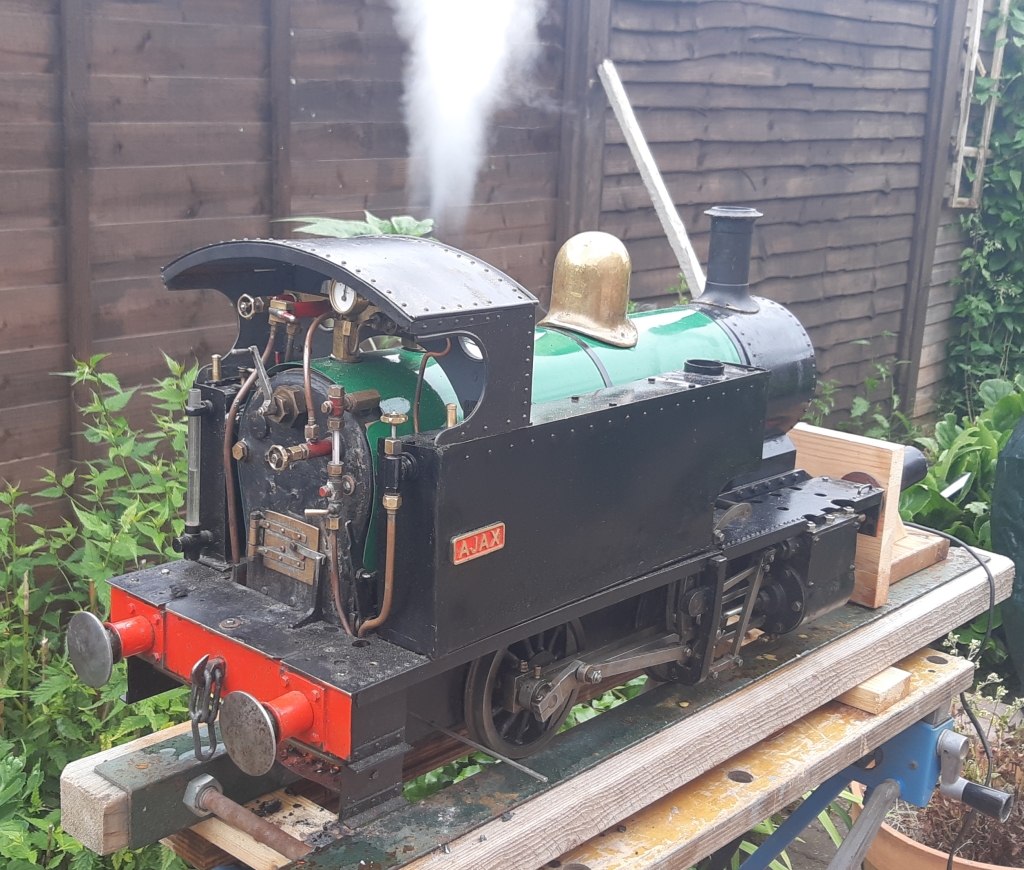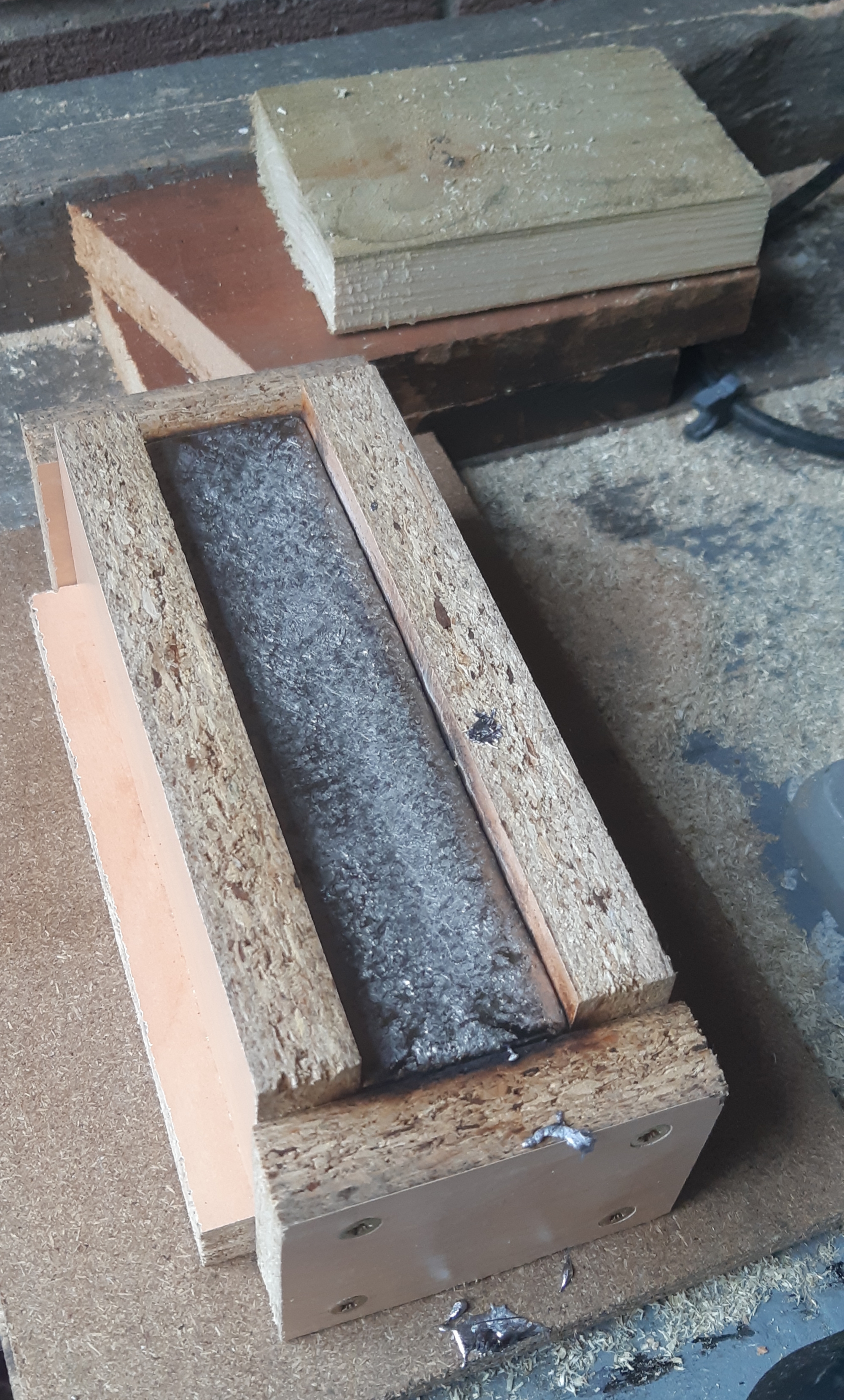Feedback is an excellent way of reducing the effects of uncertainty. By measuring that which is to be controlled, and comparing it with a desired level, actions can be taken to reduce the error.
The flyball or Watt’s governor is one such feedback mechanism, which throttles the supply of energy to an engine if the speed of the device is excessive. The converse also occurs; in that if the speed drops, due for example to a load being applied, the throttle is opened and more energy (such as steam pressure) is applied.
The timely nature of feedback is, however, critical. If the delay is excessive, then an instability can be induced. A drop in speed is ignored and becomes significant before the extra energy appears. Then the speed recovers drastically but the delay means that the energy supply is not shut off until some time after the overspeed is recognised and acted upon.
This is demonstrated in the second video, by placing a reservoir chamber in the supply between the Watt’s regulator and the engine. As the speed drops, the throttle opens but the pressure relayed to the engine is delayed by the filling of the chamber. The speed continues to drop until the pressure is built up. Once this occurs and the speed recovers, the throttle eventually closes, but the reserve of pressure keeps the engine accelerating. The system then overspeeds with a closed throttle that does not open again until the reserve is consumed and the speed dropped below the set point. The cycle starts again, potentially growing in magnitude each time round.
The mathematics to describe this is as intricate as it is eloquent, but first some basics of the language.
A sine wave is the purist of time varying signals. In music it is the perfect tone. In light, an exact colour among the rainbow.
Sine waves have the property that their rate of change is also a sine wave, and the converse, that the sum of all the values of a sine wave upto a point is also a sine wave. The former is considered the differential, the latter the integral. The integral of a sinewave is a delay of one quarter cycle from the original. Its maximum is when the entire hump of the original is completed and it crosses zero to start its negative excursion. Half a cycle later this negative hump makes the integral a minimum again.

Two successive integrators thus delay the sinewave by half a cycle. The final output is therefore the opposite of the input.

The integral is also a representation of the amount of air in the reservoir, since this is the sum, up to a point, of all the air supplied, less the sum of all the air consumed. The speed of the engine too is the integral of all the accelerations it has performed since it was built.
Putting this together, we could assume that (1) the acceleration of the engine is proportional to the pressure it sees and the speed of the engine is the integral of this and (2) the flow of gas into the reservoir is proportional to the speed below the desired level, and hence the pressure in the reservoir is the integral of this. (These are simplifications for the time being.)
Should a disturbance in the speed of the engine describe a sinewave, then at a particular period of this oscillation, the two delays introduced by the two integrators will cause the formally negative feedback, where an excess of speed reduces the energy supply, to become the opposite. The delay making the additional pressure being applied at the moment the engine has the greatest speed.
The positive feedback is only consequential if the system amplifies this signal at this period of sinewave. If the feedback is small, then the oscillation will die away. However if the amplification is more than unity, the oscillations will build up.
Further analysis of whether the system will settle or explode can be gained from a graph of how the system responds to different frequency sine waves. This graph is known as a Bode Plot. Named after someone called Bode. Who died not so long ago. [Hendrik Wade Bode, 1905-1982].
The plot is established by measuring the response of the open loop system to a series of sinewaves. In our case, we would need to break the closed loop, the easiest method being to snap the belt, then feed in a sinusoidal speed signal to the Watt’s governor. The speed of the engine would then have to be measured and the deviation sinewave recorded and the amplification and phase (delay) calculated. This would however require a lot more experimental equipment and another long winded post.









































